ORONO – Eighteen days. Thirty planes. Ten countries.
Richard Barron, the University of Maine’s women’s basketball coach, was a busy man last spring. And with good reason.
His Black Bears returned only five players from a team that went 8-23. That was Maine’s seventh consecutive losing season.
Barron, in his second season, needed to find players to fill the remaining two-thirds of the roster. Beyond that, he needed to find players who could step in and help turn the program around. And he had to do it fast.
So he went east.
As a result, nine freshmen — including players from Serbia, Israel, Sweden, Finland, England and Germany — will join the Black Bears this year. They are the bulk of a recruiting class that ranks among the best of the nation’s 342 NCAA Division I women’s programs: as high as 36th in the Blue Star Basketball report and 57th in Dan Olson’s 2012 Collegiate Girls’ Basketball Report.
“For them to have such high praise for this class certainly validates what we knew,” said Barron. “This is a good group of kids.”
How good remains to be seen. Barron noted that it takes a couple of years to get returns on your recruits. But the international players bring an edge that American high schoolers lack, and they could contribute as soon as this season.
“They’re more mature, physical players,” Barron said. “Here, when we look at high school kids, they’re playing other high school kids. There, it’s teenage girls against grown women, some as old as in their 30s. That’s the way the club system is over there.”
While the Black Bears have never had this many international players on their women’s basketball team at once before, what Barron did is not unusual. International recruiting has been going on for years among NCAA schools.
According to NCAA figures, there were 193 non-resident alien (a non-U.S. citizen) female Division I basketball players in the 2010-11 academic year, along with 291 male basketball players. That was the first year the NCAA started categorizing athletes as non-resident aliens.
Including Divisions II and III, there were 510 male and 287 female non-resident alien basketball players in U.S. colleges that year.
Courtney Anderson, the former star at Leavitt Area High School in Turner, is the only Mainer on the Black Bears roster. The sophomore guard understands completely why Barron went this route.
“In all reality, you’re not going to find nine Maine kids to come to school this year,” she said. “If we were going to create a team this year, we needed people to come.”
In addition, the player generally regarded as the best in the state last year, Alexa Coulombe of Catherine McAuley High School in Portland, had already committed to play at Boston College. That limited Barron’s local recruiting options, leading him to look elsewhere.
“You know, it’s not easy to build things slowly,” he said. “When you’ve been on the bottom for a little while, it’s very easy to stay in that spot. We needed an infusion of talent to change things.”
WIDESPREAD PRACTICE AT UMAINE
Women’s basketball isn’t the only team on the Maine campus with international students.
The men’s basketball team, which has been dipping its toe into international recruiting waters for the past decade, has six Europeans, two Canadians and a Bermudan.
The field hockey team has eight Canadians and three European freshmen. Coach Josette Babineau’s team went 16-4 last year, but it had a large graduating class for the second consecutive year and she didn’t want to lose any momentum for her program.
“The club level in Europe is very competitive,” said Babineau. “If they are playing the top division, the caliber, the skill and the experience they have coming in is not really comparable to some of our incoming players, even from Canada or the United States, because they’ve been playing for such a long time, since such a young age.”
Women’s soccer, men’s and women’s ice hockey, baseball, swimming, track, cross country and football have international members. Coach Jack Cosgrove’s football roster has two Canadians and a German: Benedict Wezel, a 6-foot-8, 310-pound offensive lineman from Berlin.
In all, there are 69 international student-athletes on Maine’s rosters, out of a total of about 450 student-athletes. Forty-four are from Canada, long fertile recruiting ground for UMaine.
International students make up about 10 percent of the school’s 11,000 undergraduate students, according to University Relations Department staff.
Steve Abbott, the athletic director at Maine, said those students add much to the campus community.
“It’s very exciting for the university, really adds to the richness and diversity of the campus culture,” he said. “We’ve got some really talented student-athletes with much different backgrounds than a lot of our players. It’s fun for our players, and everyone on campus, to have that international flavor.”
BARRON: TEAM IN BUILDING YEAR
Barron recently returned from a July trip to Bucharest, Romania, where he spent several days watching the European 18-and-under and 16-and-under basketball championships. He watched 12 to 16 teams over three days.
He noticed many more American coaches there than in the past. That didn’t surprise him. When word of his international recruiting success was made known, he received calls from numerous other colleges asking how he did it.
“The first-timers there were quite impressed with the level of talent,” he said.
He realizes there are people in Maine who are going to look at his recruiting class and question the lack of local players, or even those from New England. But given the timing of the recruiting cycle, coupled with the dearth of players on Maine’s roster, he needed to reload quickly.
“The question was, ‘Where could we get the most talented players in a short amount of time?’ ” said Barron. “In the U.S. recruiting process, kids are committing in their sophomore and junior years. Getting players to commit in their senior year just doesn’t happen. So (going to Europe) was out of necessity more than anything.”
Maine’s incoming freshmen include 5-foot-6 guard Michal Assaf (of Ganei Tikva, Israel); 5-10 guard Chantel Charles (the London neighborhood of Hackney); 6-2 forward Mikaela Gustafsson (Sodertalje, Sweden); 6-3 center Anna Heise (Halle, Germany); 5-9 guard Milica Mitrovic (Belgrade, Serbia), and 5-8 guard Sophie Weckstrom (Espoo, Finland), along with Americans 5-8 shooting guard Lauren Bodine (Louisville, Ky.), 5-7 guard Brittany Wells (Indianapolis) and 5-10 forward Elizabeth Wood (Catlee, Va.).
“We’ll have some depth, we’ll be competitive,” said Barron. “It’s going to be interesting to see how our practices go. I think they’ll be intense, in a positive way. There’ll be some talent out there pushing each other.”
WELCOMING OVERSEAS PLAYERS
Barron understands that Maine fans want to see Maine players on his roster. And, he said, the best ones who want to come to Maine will be on it. Already, Maine has received a verbal commitment from Parise Rossignol of Van Buren, who is entering her junior year with 1,205 career points.
“All things being equal, I’d take the player from Maine,” said Barron. “Even if they’re close, with a slight advantage to someone else, I’d take the player from Maine. But right now, the best players from Maine committed elsewhere, and we’re looking at freshmen and sophomores right now in the state of Maine.”
Anderson, the returning Mainer, said the international students are bringing a different level of excitement to the team.
“We’re all trying to figure out the things we want to show them about campus, the things they definitely need to know to survive,” said Anderson. “It’s going to be really cool.”
The team already met Gustafsson, who visited campus, and found that her pop culture interests were similar to theirs.
“After she left, we wondered if there was anything we forgot to tell her about,” said Anderson. “Then we remembered: currency. They need to know how to use their money. It’s going to be exciting to get to know them.”
Anderson is picking up England’s Charles at the Portland International Jetport and driving her to Orono. She’s looking forward to the two-hour-plus drive as an opportunity to bond.
“I think we’re definitely going to have to do more team bonding than we’ve ever done,” said Anderson.
And after their playing days are over, Anderson said, the teammates will have many new places to visit. “I think it will be really cool then,” she said.
COST-COMPETITIVE SCOUTING
Doug Leichner, the men’s basketball associate head coach, is the team’s recruiting coordinator. In addition to having coached in Ireland, he has also established many connections with coaches in Europe through his work at camps, beginning 19 years ago.
“As in any industry or profession, it’s about contacts,” he said. “And I’ve maintained those for 18, 19 years. The more my role has increased here, the more I’ve been able to use my contacts.”
He and head coach Ted Woodward target some of the major tournaments held by the International Basketball Federation (more commonly known as FIBA), where he can see players from multiple countries.
“Budget and cost effectiveness are always important,” he said. “You don’t want to just go over to see one person.”
Leichner also said that in Europe, he may be one of just a handful of coaches watching several players. In the U.S., he could be one of 50 coaches watching one player.
The cost, he and Barron said, is actually less than it sounds. “Sometimes it’s as equal as going to the West Coast,” said Leichner.
Barron cited his recent trip to Bucharest as a perfect example. Earlier in July, he had gone to scout players at three tournaments in Kentucky and Tennessee. In addition to hotels ($100 per night) and a rental car ($80 per day), he had to pay more than $1,000 to receive the coach’s packets including the three tournament schedules, rosters and players’ addresses.
When he went to Romania, there was no registration fee, no admission fee. Rosters and schedules were available online for free. The hotel cost less than $50 a night. He took a $10 cab ride to the stadium from his hotel.
“You’re watching national teams play, quality players, everyone on the floor,” said Barron. “I find it’s sometimes actually cheaper for me to go to Europe and watch games than it is in the States.”
COMING TO U.S. GOAL FOR MANY
When recruiting, Leichner is interested in gauging the player’s commitment not only to learning the game in America, but also to earning a degree. European male players often have the option to turn professional in their native country at any point.
“You want to first form a bond with the player and the family,” he said. “They’re not sending their son one state over. I mean, they’re sending him a continent away … They want to make sure they’re in good hands. We can get grilled a lot, and rightfully so, to make sure we are here to help them become better human beings and better young men and get an education.”
The coaches are finding more recruits looking to come to America now. Alasdair Fraser will be a junior this year for the men’s team. At 6-foot-7, 245 pounds, he has become one of the team’s most consistent players, averaging 12.9 points and 7.8 rebounds.
Coming to the U.S., he said, “was kind of the plan.”
Growing up in Falkirk, Scotland, he was one of the better players in the Scottish League, then led all scorers in the FIBA U-18 European Championships (20.6 ppg). But because he was dominating play, he wanted a bigger challenge. He saw it in America.
“That’s the dream, to go there and play,” he said. “I felt going to America was best for me to get more experience.”
He visited the Orono campus and immediately liked it because it reminded him of home. While he admits missing his friends back home, he said his teammates and the UMaine community have done a good job making him feel at home.
“And once the season starts, things go pretty quickly,” he said. “Practice, classes, sleep.”
As with Fraser, coming to America was a goal for Gustafsson and Weckstrom, the only incoming women’s basketball freshmen who visited the Orono campus.
“After playing three years in the top division in Sweden, I am ready for a new challenge and I am really looking forward to being a part of the athletic culture that exists on colleges in the U.S.,” Gustafsson wrote in an email. “I am so grateful for the possibility to combine studies and basketball at this level. And I also see this as an opportunity to grow as a person by being so far away from home.”
Weckstrom sees this as “a once-in-a-lifetime chance that I do not want to miss. It has been my dream for many years.”
Having six new international students on the women’s team will help, they said.
“We are in the same situation on the team and we can support each other,” wrote Weckstrom, also in an email.
LANGUAGE, PEOPLE SKILLS HELP
Like Barron, Leichner spent time in Europe this summer. He watched Fraser play in the European U-20 championships in Sophia, Bulgaria, also scouting several other players.
During his week there, he hooked up with former UMaine players Svetoslav Chetinov and Udo Hadjisotirov, who’s now an assistant on the Bulgarian women’s team. They introduced him to some new contacts in that country.
Both Leichner and Barron understand the importance of keeping that recruiting door open, even if they might not recruit a European in any particular year.
Leichner is conversational in German, Spanish and Italian. He finds that that sometimes gives him a slight edge in the recruiting process.
“With basketball being a global sport, I believe the ability to speak multiple languages helps me break down initial barriers and form a connection with coaches, parents and the recruit,” he said. “A few phrases in a recruit’s native language can go a long way in the recruiting process.”
So can being there.
While they can recruit players over the Internet, can have Skype conversations with them and see as much video as they want, face-to-face contact is even more vital in the recruiting process. For both the coach and the player.
“It was getting over there in person, watching them practice and play, meeting the families, that put us over the top,” said Barron. “We were able to develop a relationship with the kids, rather than just being a face or voice on the computer.”
Staff Writer Mike Lowe can be contacted at 791-6422 or at:
mlowe@pressherald.com
Twitter: MikeLowePPH
Copy the Story Link
Send questions/comments to the editors.


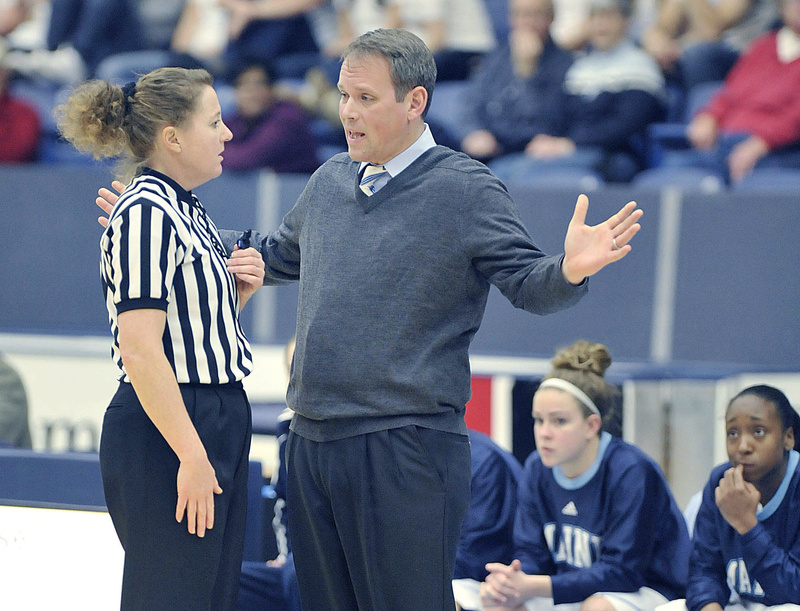
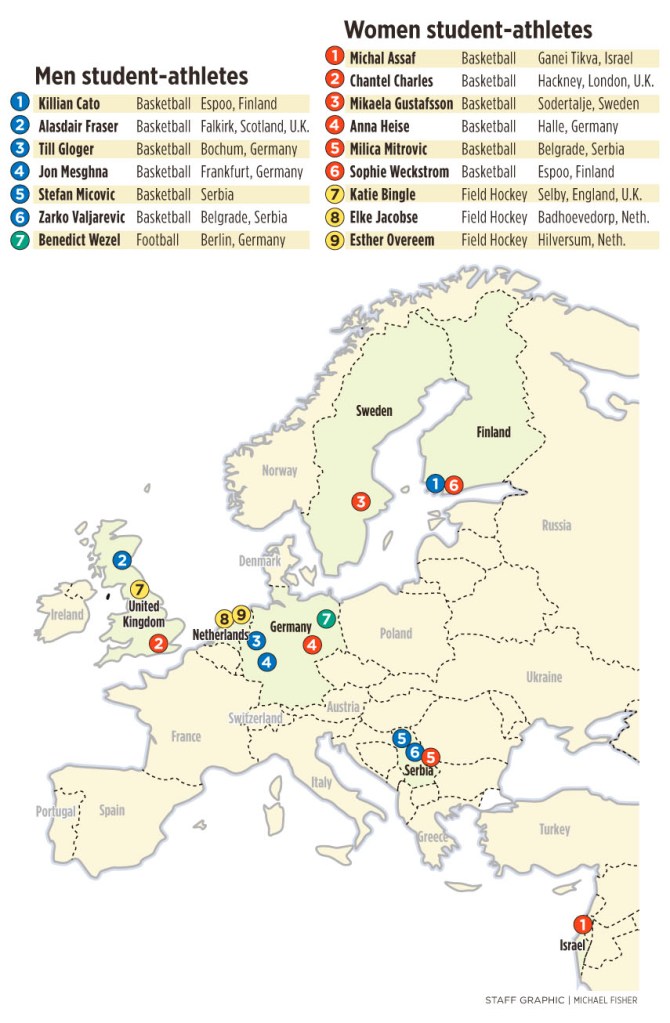
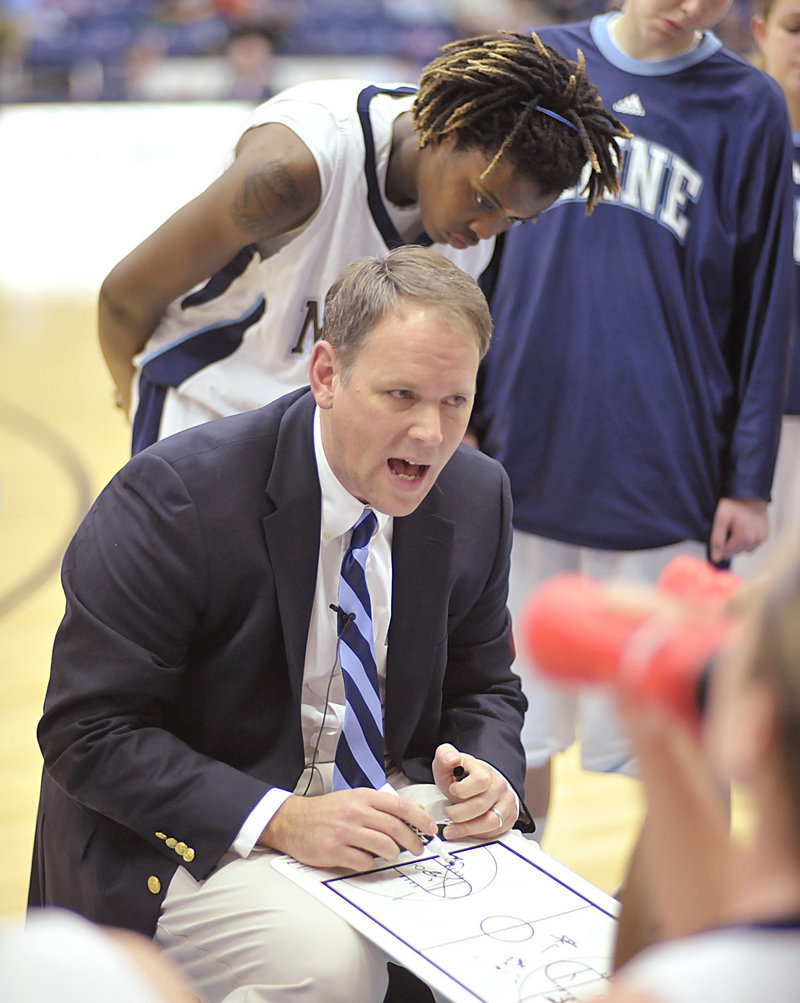
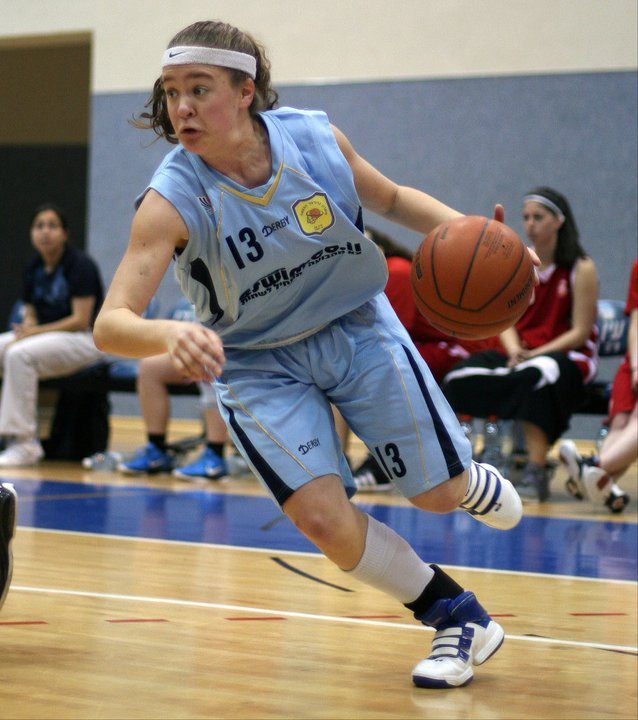
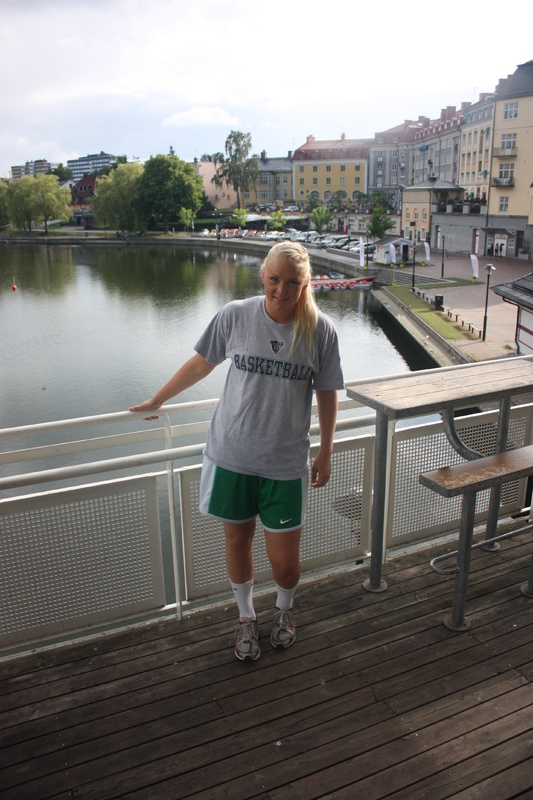

Success. Please wait for the page to reload. If the page does not reload within 5 seconds, please refresh the page.
Enter your email and password to access comments.
Hi, to comment on stories you must . This profile is in addition to your subscription and website login.
Already have a commenting profile? .
Invalid username/password.
Please check your email to confirm and complete your registration.
Only subscribers are eligible to post comments. Please subscribe or login first for digital access. Here’s why.
Use the form below to reset your password. When you've submitted your account email, we will send an email with a reset code.